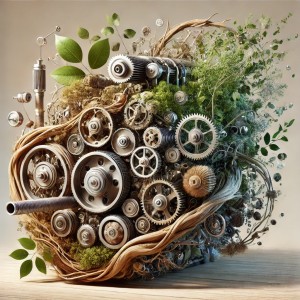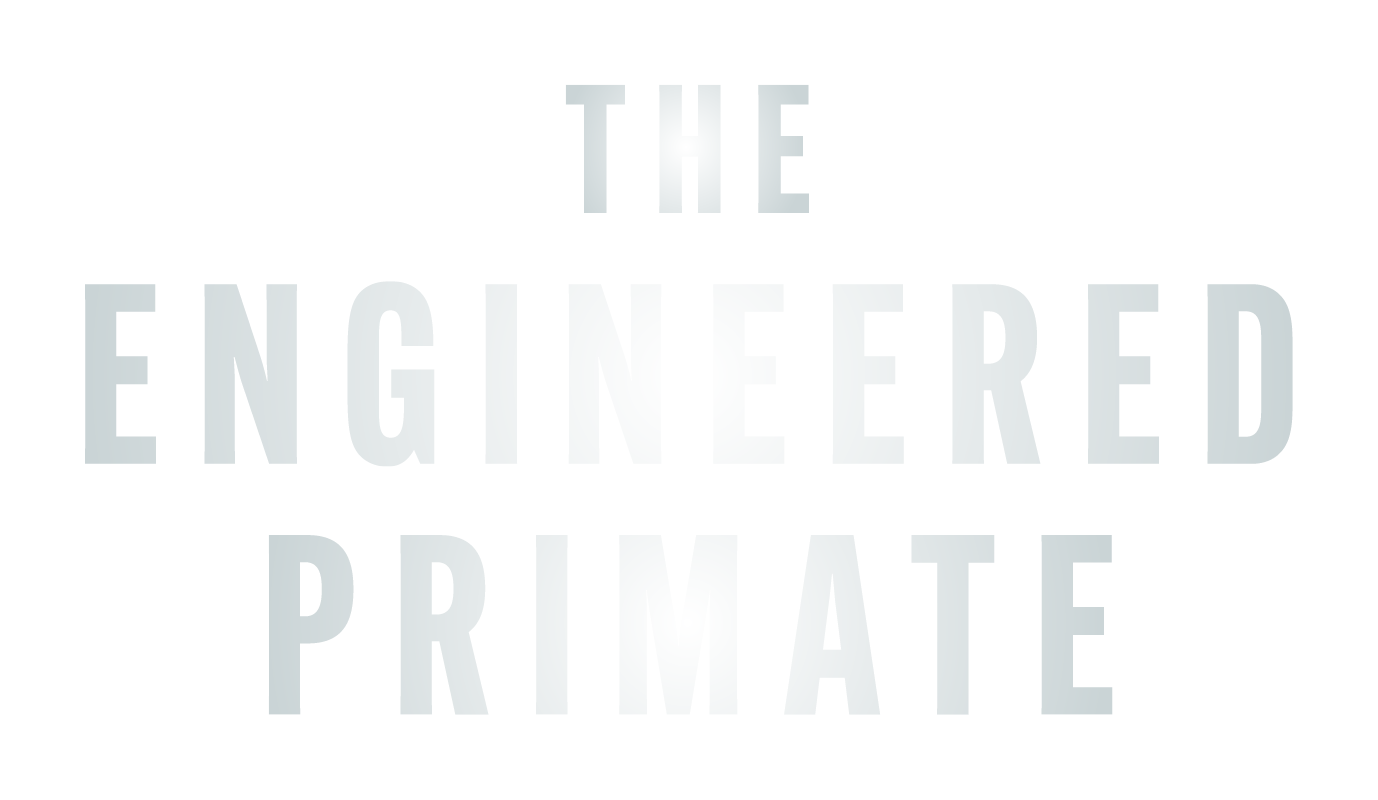The Logistics of Life
The human body is a marvel of self-regulation. It is a biological machine that nourishes trillions of cells without a central overseer. How does it distribute nutrients with such precision, despite the apparent chaos of digestion and circulation? The answer lies in Probabilistic Nutrition – the body’s ability to transform randomness into balance, ensuring that every cell gets what it needs through a seamless dance of feedback and adaptation.
The Journey of a Nutrient: From Chaos to Coordination
Imagine a single nutrient – a humble iron molecule – beginning its journey. It is extracted from plant-based food during digestion, absorbed through the small intestine, and released into the bloodstream. But where will it go? There is no designated path, no assigned delivery address. Instead, it moves blindly through the bloodstream, carried by circulation, washing over every cell it encounters.
But here’s the brilliance: each cell decides what it needs. A muscle cell, depleted after exercise, upregulates its receptors, increasing its chance of absorbing iron as it passes. A liver cell, already storing excess iron, reduces its uptake. This self-organising network ensures that nutrients find their way not by force, but by probability through a system of constant balance and adaptation.
Fibre: The Conductor of Nutrient Flow
This probabilistic system works best when digestion unfolds at the right pace. Enter fibre, the silent conductor ensuring nutrients don’t flood the system too quickly or pass too slowly:
- It slows digestion, giving nutrients time to pair with the right co-factors, such as iron with vitamin C, enhancing bioavailability.
- It modulates absorption, preventing metabolic spikes and ensuring a steady, sustained release of energy.
- It supports gut-brain communication, allowing signals of hunger and satiety to align with nutrient flow, preventing overconsumption.
Without fibre, the system becomes chaotic – nutrients arrive too fast, receptors are overwhelmed, and energy regulation spirals out of control.
What Happens When the System Fails?
Modern diets – rich in processed foods, stripped of fibre, and loaded with refined sugars and animal products – disrupt this delicate balance. Without the slow-release mechanism of fibre:
- Nutrient flooding leads to insulin spikes and fat storage.
- Cellular mismatches occur, where iron might be available but without the right co-factors, it remains unabsorbed.
- Energy becomes erratic, leading to fatigue, cravings, and metabolic dysfunction.
The result? A system designed for precision and efficiency is hijacked by disordered inputs.
Restoring Balance: The Path Back to Evolutionary Nutrition
Probabilistic Nutrition is not about perfection – it is about probability, feedback, and adaptability. The foods we evolved to eat – whole plant-based sources rich in fibre, vitamins, and minerals – restore this balance by allowing the body to regulate itself as it was designed to.
- Nutrients are absorbed at the right pace.
- Cells receive what they need, when they need it.
- Energy is used efficiently, not stored chaotically.
A nutrient’s journey is never fixed or predetermined, rather it is guided by the body’s innate intelligence, a testament to the power of Evolutionary Engineering. The modern world may have disrupted this system, but by returning to whole, fibre-rich foods, we restore the natural flow of life’s logistics.
Want to explore the full depth of how the body turns randomness into harmony? Read more in The Engineered Primate.
